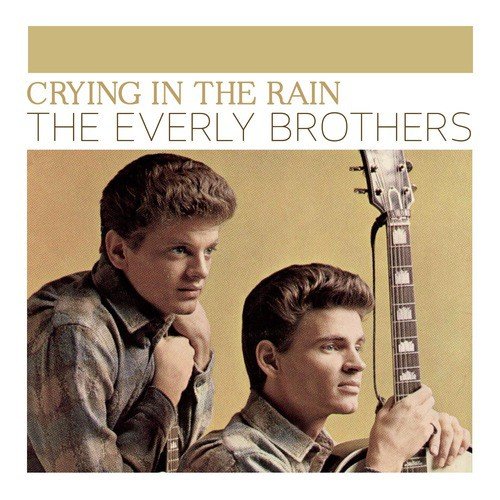
---> Scroll down for the VIDEO
About the song
The Everly Brothers’ “Crying in the Rain”. A song that transcends generations. Released in 1962, it stands as a poignant testament to the heartbreak and vulnerability that rock and roll, at its finest, could capture.
The song opens with a simple yet evocative piano line, setting the stage for the brothers’ signature harmonies. Don Everly’s lead vocal is a masterclass in restrained emotion. There’s no histrionics, no melodrama.
---> Scroll down for the VIDEO
Just a quiet desperation as he croons about being caught “crying in the rain” after a fight with his lover. The lyrics paint a vivid picture – the deserted street, the stinging raindrops mirroring his tears.
“Crying in the Rain” is more than just a breakup ballad, though. It’s a commentary on the performative nature of masculinity in the early rock and roll era. Here’s a heartthrob, a rock and roll idol, admitting to vulnerability – to publically shedding tears. It was a subtle yet significant break from the archetypal tough-guy persona.
The song’s brilliance lies in its simplicity. The arrangement is sparse, relying heavily on the Everly Brothers’ voices and the melancholic piano melody. But within that simplicity lies a depth of emotion that resonates with anyone who’s ever experienced the sting of heartbreak.
“Crying in the Rain” became an instant classic. It reached number six on the Billboard Hot 100 and has been covered by countless artists over the years. But the original, with its raw vulnerability and timeless melody, remains a cornerstone of rock and roll history.
It’s a song that reminds us that even the strongest voices sometimes crack, and that sometimes the most powerful emotions are expressed in the quietest moments.